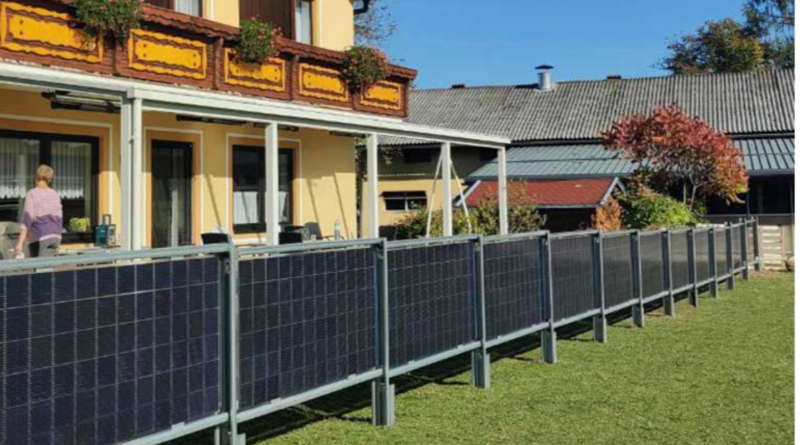Check Out These Cool Solar Power Projects Around The World
time:2024-02-05 11:44:42 Views:0 author:Jinan Freakin Power Ltd.
Over the last decade and a half, the cost of solar power has plummeted, making it more exciting to everyday citizens. Solar power allows renewable energy created during one part of the day to be stored in batteries for use during a different part of the day. Total 2023 US cumulatively installed solar power capacity was 161 GW from 4.7 million installations. SEIA expects installed capacity to rise to 377 GW by 2028, which would provide enough electricity for an estimated 65 million US homes. Solar photovoltaics (PV) is a very modular technology that can be manufactured in large plants, which creates economies of scale, but can also be deployed in very small quantities at a time. As the IEA describes, solar’s potential for large and small scale allows for a wide range of applications, and small systems are particularly capturing the imaginations of many people. With the new affordability of solar installations, many cool solar power projects are popping up around the world. Here’s a sampling.

Blueberries a la solar power: Wild blueberries have been a part of Maine’s environment and culture since the 16th century, and now Maine is the only state in the US where wild blueberries are commercially grown in abundance. Wyman’s, one of the world’s largest growers of wild blueberries, is bringing ReVision Energy and nationwide solar developer REC Solar to install more than 17,000 solar panels on 35 acres of non-productive farmland in Downeast, Maine. (The land was deemed unsuitable for the growth of wild blueberries.) As reported by Solar World, in the first year, the 6.7-MW solar array is expected to generate 8.5 million kWh.
Transparent windows for solar power: Solar power is finding its way into windows through transparent solar panels, introduced to everyday homes and businesses by companies like Ubiquitous Energy (UE). UE Power’s selective harvesting of sunlight makes it possible to invisibly generate electricity from infrared and ultraviolet light, while visible light passes through. The transparent solar coating is made from light-absorbing dyes, sourced from non-toxic, earth-abundant materials, similar to the pigments found in fabrics and paints. This allows UE to integrate power generation into windows and the surfaces of everyday objects without compromising their aesthetic or functionality.
AI-powered wildfire detection: The fight against forest fires with Dryad Networks is being waged with a network of “electric noses” that can sense burning forest materials and sends signals to first responders for earlier detection. Dryad uses solar-powered sensors to detect gas changes in the air. These sensors and gateways operate entirely on solar power, removing the need for the potentially toxic lithium-ion batteries used in most IoT devices. The sensors are spread throughout a forest, so the system can detect fires more quickly, even during the initial smoldering phase.
The EV camper goes solar power: Aptera is an efficient solar EV that requires no charging for most daily use. Aptera was created from the ground up for energy efficiency. Aptera’s undercarriage swoops like a dolphin’s belly. This reduces drag — the force of air flowing against the motion of the vehicle. Aptera is curved at the nose, wide along the sides and tapered toward the trunk — like a small, speedy aircraft. Its unique shape allows Aptera to slip through the air using 30% of the energy compared to other electric and hybrid vehicles on the road today.
The company aims to recruit drivers who want a cool looking but utilitarian electric car for daily errands and commutes during the week and for showing off during weekends. It is described as having the capacity to travel up to 1,000 miles on a single charge and is capable of up to 40 miles of solar powered driving per day. A camping configuration turns the trunk space into a covered tent for campers, and the vehicle itself can double as a solar-powered charging station for devices.
Vertical solar panels: We tend to think of solar panels as laying on a roof or slanted across a field. However, special bifacial solar modules can be installed vertically to collect sunlight from both the front and back side of the panels. This strategic architecture is essential where land is expensive, limited, and requires mixed use, such as for agriculture. In fact, the US Department of Energy warns that, because solar and agricultural land use overlap, there is potential for cross-sector user conflict.




